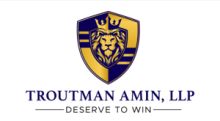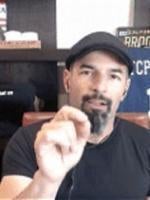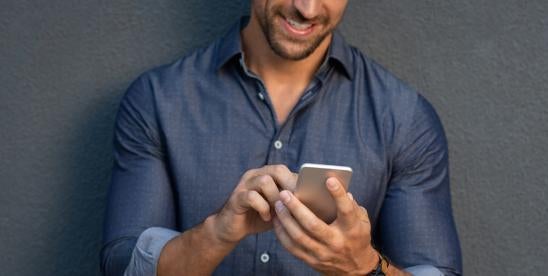As TCPAWorld denizens know well, lead generators will very commonly place calls in an effort to identify individuals interested in a good or service and then aim to transfer that person–for a fee–to a company that provides the good or service the consumer is looking for.
Almost invariably the company buying the lead did not sufficiently control the lead generator–who will virtually always be generating leads for other companies as well–meaning that a lead buyer should almost never be directly or vicariously liable for calls made by downstream parties.
But that doesn’t stop the TCPA complaints from rolling in. And many courts will go along with a Plaintiff’s theory–at least at the pleadings stage– that the lead buyer should be liable for the call– the call was placed on its “behalf” after all– although the law is quite contrary.
To facilitate these rulings most Plaintiffs will allege facts that are intended to hide the distance between the caller and the lead-buying defendant the Plaintiff has elected to sue. They will say they received a call and were then “connected to” or “transferred to” the Defendant. Obscuring the fact that the Defendant did not make the call and only through a series of transfers–or a call back to a different number than the one that called them–was the Plaintiff able to reach the Defendant.
As a result, one of the most common issues arising in a TCPA class action is whether a Plaintiff can survive the pleadings stage on allegations related to calls placed by a third-party that eventually resulted in a connection with a Defendant. And that makes cases like Nickson v. Advanced Marketing, 2023 WL 4932879 (D. Md. Aug. 2, 2023) worth reading.
In Nickson the Plaintiff alleged receipt of five phone calls. In one of the calls he contends he pressed buttons and heard a voice identifying as the Defendant. The Court found that call–and another call coming from the same number–were plausibly alleged to have been made by the Defendant. (Notably, I disagree with this finding– just because the use of a keypunch might result in a transfer to a company does not mean the company made the call, but this shows the diverse ways a court might approach this issue.)
As to the rest of the calls, however, the Court refused to find the Defendant potentially liable. Plaintiff’s allegations were based solely on his phone’s own labelling and on his own notes that the calls belonged to Defendant. But the Court would not credit those notes–even at the pleadings stage–and required additional allegations that the calls could be traced back to it.
Interesting, no?
The case is also helpful because it adopts a narrow view of ATDS–another case determining only randomly dialed telephone numbers trigger the TCPA–and because it refuses to infer an unanswered call was for marketing purposes where Plaintiff’s resulting call back did not result in a marketing pitch but merely an informational discussion.
Super interesting and intricate little ruling here. Well worth a read for TCPA litigators.




 i
i


